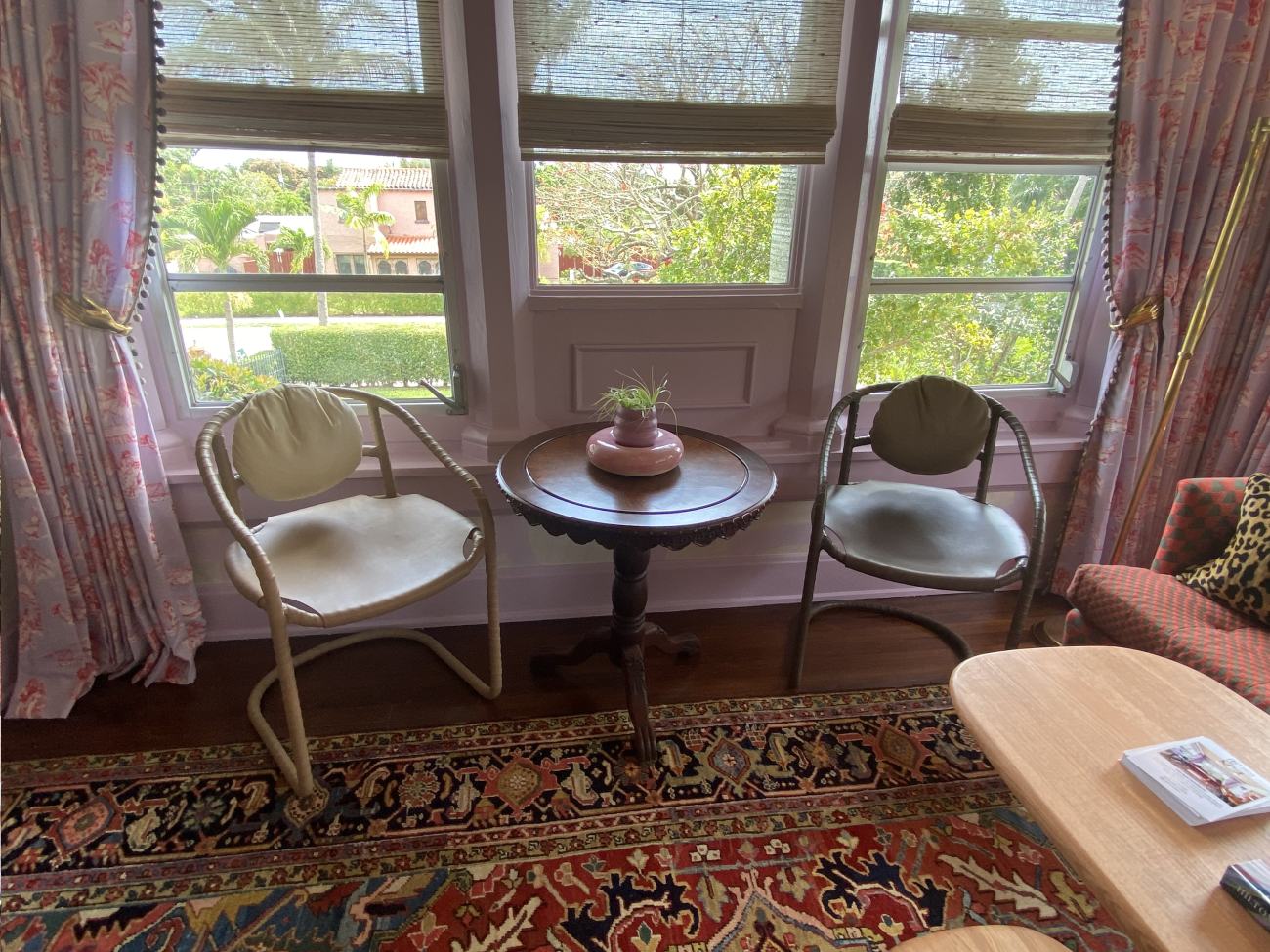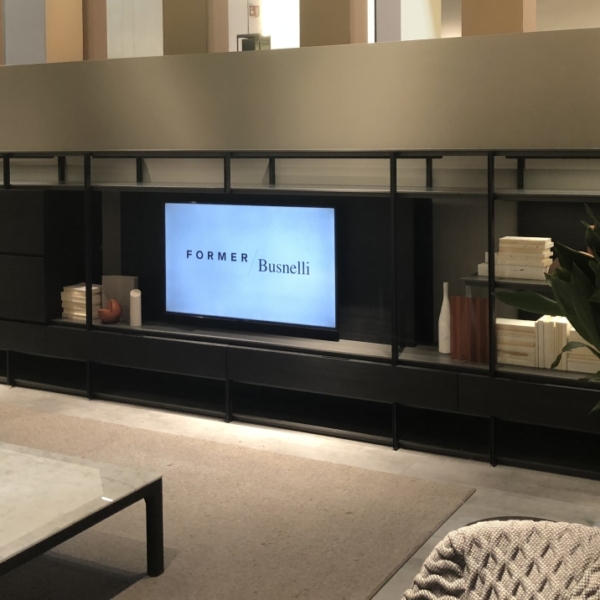Window treatments are essential for both interior design and home comfort. Despite their importance, many people make these common window treatment mistakes, reducing the functionality and aesthetic appeal of their windows. These window treatment mistakes, which can range from incorrect measurement to choosing the incorrect treatment for the window, are not only inconvenient but also expensive and compromise your style and privacy.
Window Treatment Mistakes
Purchasing and installing window treatments is time-consuming and expensive. Avoiding these common mistakes will help you make the right decision in purchasing your window treatments and use the proper hanging techniques the first time.
Using the Incorrect Curtain Size

Using the wrong size curtains is a common problem resulting from incorrect window measurements and not understanding how to buy the right size for a particular window. Ill-fitting curtains can disrupt the visual harmony of the room, result in gaps around windows, or overwhelm the window opening.
To purchase the appropriate sized window treatment for a specific window, you must take accurate measurements of the window. For curtains or drapes, you need to take measurements of the interior of the window frame, the molding around it, and its height above the floor and below the ceiling.
Using these measurements, you can find a curtain that will provide full coverage without overwhelming the window. If you are purchasing a blind or shade, you will need to measure the length and width of the window box or the molding just above the top of the window, depending on the type of fastenings used.
Overlooking Functionality

Many people purchase window treatments to add a final touch to a room without considering how they will be used. Most window treatments are useful for blocking light, maintaining privacy, and increasing insulation, so it is critical to consider how you will open and close them throughout the day when purchasing and installing them.
To address this concern, you must first consider how you use the room and what type of window treatments will best suit your needs. Think about factors such as the desired level of natural light, privacy needs throughout the day, and any specific environmental conditions such as excessive heat or color that window treatments can help alleviate. Exploring a variety of window treatments, such as heavy draperies and motorized blinds, will allow you to personalize the window treatments in a specific room and help you live more comfortably.
Skimping on Quality Material

Saving money by buying low-quality window treatments can impact both the functionality and aesthetic appeal of the treatments. Low-quality materials are more prone to wear and tear. These fabrics and materials tend to warp, shrink, and wrinkle over time. Many of these options will also not offer the best coverage or functionality for your rooms.
When selecting window treatments, it is important to prioritize durability and performance rather than short-term savings. High-quality window treatments can be costly, but they are an investment that will last over time. Look for natural materials like cotton, linen, silk, velvet, or high quality synthetics that are engineered for light-blocking or durability. Think about factors such as fabric look, weight, feel, and opacity to ensure that you are choosing an optimal material type for your windows.
Hanging Curtains at the Wrong Height

Curtains hung at the wrong height can significantly impact the look and feel of a room. When curtains are hung too low, the ceilings feel lower, and the room appears smaller than it is. Curtains hung too high leave an awkward gap between the window and the curtain. This error can be more difficult to correct than other window treatment errors because there is no one-size-fits-all rule to follow. To determine the best height for your curtains, take into account your specific windows and the room.
A good general rule of thumb is to hang your curtains 4-6 inches above the window frames. Other experts recommend measuring the distance between the window molding and the ceiling and hanging curtain rods halfway between the two. This will change if the architecture of your specific room interferes. In this case, you must work with the existing elements to hang your curtains at the optimal height.
Consider the length of your curtains before hanging the rods. Purchase curtains of the appropriate length to match the height suggestions above. If you already have curtains and are not planning on hemming them, you should aim to hang the curtain rods at a height where your curtains will fall just an inch or so above the floor.
Hanging Hardware Too Narrowly

Buying and hanging curtain hardware that is too narrow for the window can result in several aesthetic and functional drawbacks. Hardware that is hung narrowly will not allow you to open curtains so that they do not still cover the windows. Properly hung curtain hardware will allow you to fully open the curtains so that they hang beside the window frame but do not cover any of the window glass.
Design professionals recommend that you hang curtain rods that extend out at least 8-10 inches on either side of the window, if possible. This will allow you to fully open the window panels on either side of the window. The optimal window hardware width will vary depending on the size of your drapes or curtains and the available wall space beside the windows.
Disregarding Curb Appeal

Curtains influence the interior style and design of a room, but they also affect how a house appears from the outside. It is critical to consider how the color and style of the curtains will affect the appearance of your home’s exterior. Certain rich and vibrant colors look stunning inside a room, but they may not work well with your home’s exterior colors or design, or with curtain colors in other rooms. While it is easiest to use curtains in the same or similar colors, this will limit your options for decorating inside. In this case, it can also be beneficial to line your curtains in a neutral color so that the curtain linings provide a consistent color when viewed from the outside.
It is also wise to consider the style of your window treatments and how they appear from the outside. For example, window treatments of the same type may appear the most cohesive on the front of your home. While it is not always possible stylistically to use the same type of window treatment in each front window, it should be something to think about when selecting window treatments for your home’s front windows.
Neglecting to Layer

Layering window treatments involves combining different types of window coverings to improve the aesthetics and functionality of a space. Layering window treatments, such as curtains and blinds, can help create visual interest in a room while maximizing privacy and light control.
Begin with a base layer for your windows, which may include window treatments that fit inside the window, such as shutters, blinds, or shades. Next, add a layer that complements the foundation while also adding beauty and style to the windows, such as curtains or drapes. Options like sheers will allow you to open the blinds or shutters while still maintaining privacy and allowing in light. For sleeping or watching TV, other options, such as blackout curtains, will optimize privacy and light blockage.
Choosing Trendy Over Classic Window Treatment Designs

Hanging high-quality window treatments and hardware can be costly and time-consuming. Choosing trendy window covering styles is appealing at the moment, but because trends change so quickly, they can quickly become out of date. These trendy styles can also prevent you from changing your room decor or color palette because they are more colorful and patterned, limiting your options.
In the long run, classic window coverings are preferable because they complement a wide range of room styles, colors, and design elements. They will also maintain their quality look, making your space appear more expensive and high-quality. Prioritize timeless styles like pleated curtains or drapes, simple Roman shades, or Venetian blinds in classic silhouettes. If you want to be able to change the colors of your room while keeping the same treatments, look for window coverings in neutral shades like warm white, gray, and beige.


